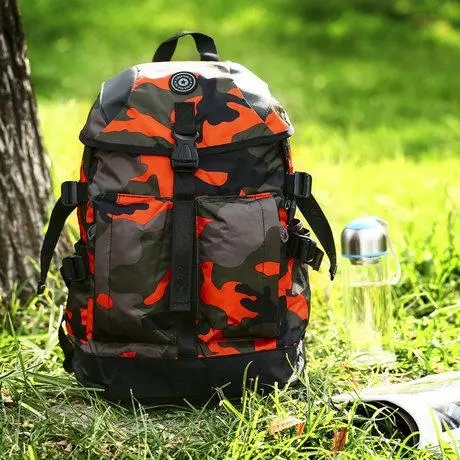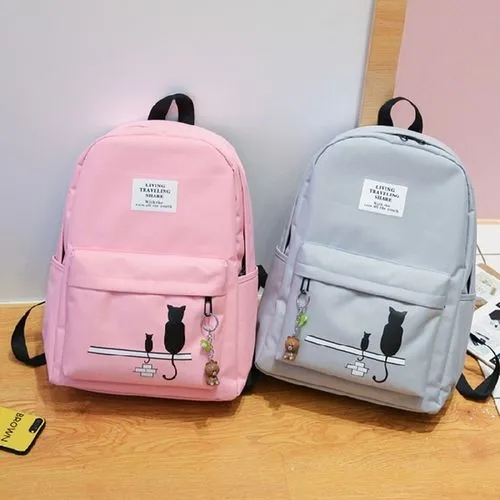Backpack refers to the collective name for bags carried on the back when going out or marching. The materials are diverse, and bags made of leather, plastic, polyester, canvas, nylon, cotton and linen lead the fashion trend.At the same time, in an era when individuality is increasingly displayed, various styles such as simple, retro, and cartoon also cater to the needs of fashion people to express their individuality from different aspects.

Various backpacks have become indispensable accessories for people. People require backpack products to not only be more practical, but also more decorative, and the requirements for bags are also increasing day by day. In order to meet the needs of consumers, backpack products can be tested through third-party testing agencies.
The products tested include: backpacks (including school bags), handbags, briefcases, travel bags, and suitcases.
Test items: ROHS, REACH, formaldehyde, azo, PH value, lead, phthalic acid, polycyclic aromatic hydrocarbons, color fastness, friction, suture tension, tearing, durability, compression test, oscillation impact, box Corrosion resistance of locks and hardware accessories, etc.
Testing standards:
China: GB/T2912, GB/T17592, GB19942, GB/T7573, QB/T1333, QB/T1332, QB/T2155;
United States: CPSC, AATCC81;
European Union: ROHS directive 2011/65/EU, REACH regulations REACHXVII, EC1907/2006, ZEK01.4-08, ISO14184, ISO17234, ISO3071.

Five factors to identify the quality of a backpack. The quality of a large-capacity backpack should be inspected from five aspects:
1. Materials used: Generally, 300D to 600D Oxford cloth is used, but the texture, wear resistance, color, and coating will be different. Generally, European and American products are better than Japanese products, Japanese products are better than Korean products, and Korean products are better than domestic ones (this is not to belittle oneself, This is actually the state of the industry, especially functional fabrics). The best fabric is DuPont CORDURA, which is strong, wear-resistant and has performance that exceeds other fibers.
2. Design: bag shape, carrying system, space allocation, small bag configuration, external plug-in design, back heat dissipation and perspiration, rain cover, etc. Good backpacks have outstanding advantages in design.
3. Accessories: Zippers, fasteners, closing ropes, and nylon straps are all very particular. The most popular good zippers are Japanese YKK zippers, which are divided into original and domestic ones. The best zippers are produced in Northern Europe. There are many quality levels of fasteners.
4. Technology: The level of processing technology is determined by worker skills and machine equipment, such as multi-functional double-needle machines, knotting machines, one-time molding compression molding machines, glue presses, etc. Program design and quality monitoring also play an important role. Visiting some backpack processing factories will give you a perceptual understanding of the entire process.
5. The last thing to examine is the brand: Brand not only means higher price, but also means quality assurance and after-sales commitment.
Post time: Mar-29-2024





